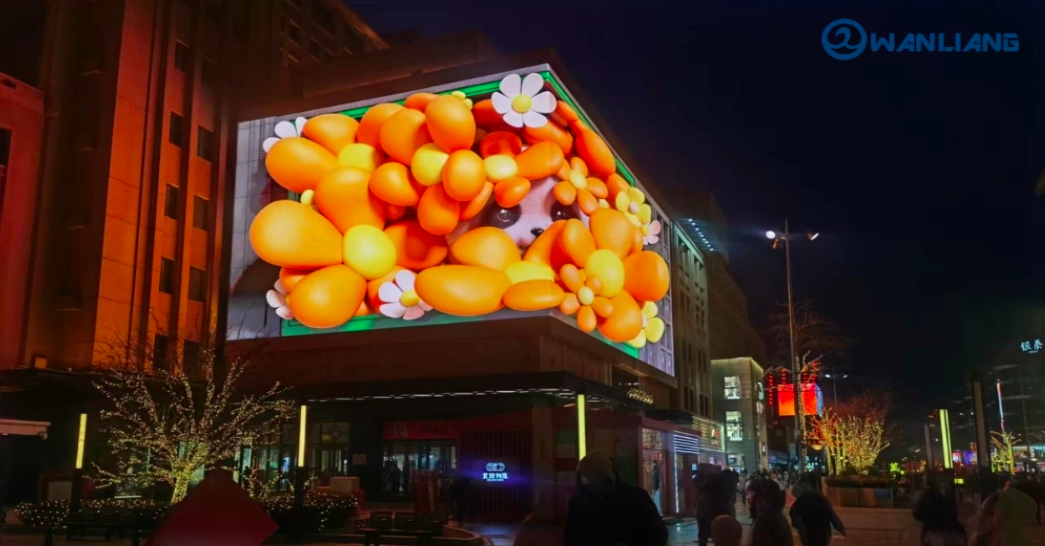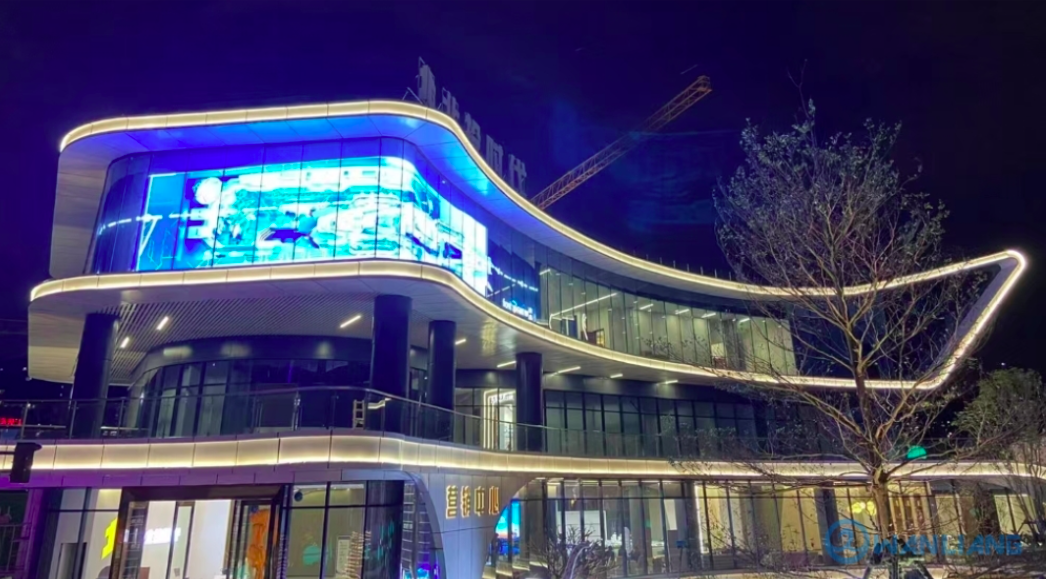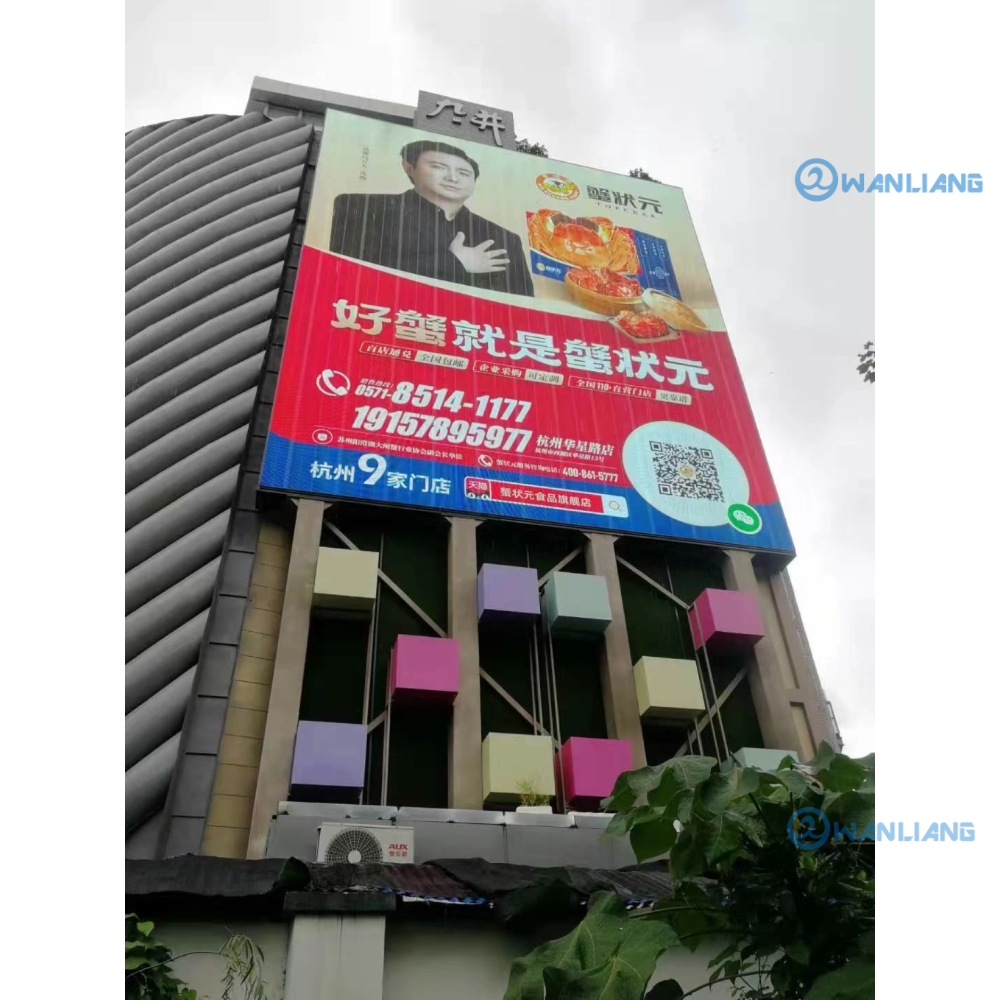LED Facade Screen Solutions
LED facade screens are innovative lighting solutions that enhance the visual appeal of buildings by transforming their exteriors into dynamic displays. These systems utilize LED technology to create vibrant, programmable visuals that can serve various purposes, including advertising, branding, and artistic expression. This article explores the benefits, applications, and considerations for implementing LED facade screen solutions.

Benefits of LED Facade Screens
1. Eye-Catching Displays:
LED facade screens create visually stunning displays that attract attention. They can be programmed to showcase vibrant colors, patterns, and even videos, effectively turning a building into a canvas for creativity.
2. Energy Efficiency:
Compared to traditional lighting systems, LED technology is significantly more energy-efficient. It consumes less power while providing high-quality illumination, which helps reduce electricity costs and environmental impact.
3. Versatility in Design:
These screens offer flexible design options that allow for customization based on the building's architecture and the desired visual effects. This adaptability enables architects and designers to create unique experiences tailored to specific themes or events.
4. Enhanced Brand Visibility:
For businesses, LED facade screens provide an effective platform for advertising and brand promotion. They can display real-time information, promotional content, or artistic visuals that resonate with the audience.

Applications of LED Facade Screens
1. Architectural Highlighting:
LED screens can accentuate architectural features, enhancing the overall aesthetic of a building while providing functional lighting.2. Advertising and Marketing:
Businesses can leverage facade screens for dynamic advertising campaigns that capture the attention of passersby, making them an effective tool for marketing strategies in urban environments.
3. Event Promotion:
These screens are ideal for promoting events or activities by displaying schedules, ticket information, or thematic visuals relevant to specific occasions.
4. Interactive Experiences:
Advanced LED facade systems can incorporate interactive elements that engage viewers, allowing them to participate in light shows or respond to changing displays through mobile applications or sensors.

Key Considerations for Implementation
When considering an LED facade screen solution, several factors should be evaluated:
1. Building Design and Structure:
The architectural style and materials of the building will influence the choice of LED system. For instance, solid walls may require different lighting techniques compared to glass facades.
2. Resolution and Image Quality:
Select a system with high resolution to ensure clarity in displayed content. This is particularly important for detailed images or text that needs to be readable from a distance.
3. Control Systems:
A robust control system is essential for managing content on the LED facade screen. Look for options that allow easy updates and customization of displays as needed.
4. Weather Resistance:
Given that these installations are often exposed to outdoor elements, it is crucial to choose weather-resistant materials and components that maintain performance over time.
Conclusion
LED facade screen solutions represent a transformative approach to building illumination and branding. By combining energy efficiency with creative flexibility, these systems not only enhance the visual appeal of structures but also provide significant marketing advantages for businesses. As technology advances, the potential applications of LED facade screens will continue to expand, making them an integral part of modern architectural design and urban landscapes.